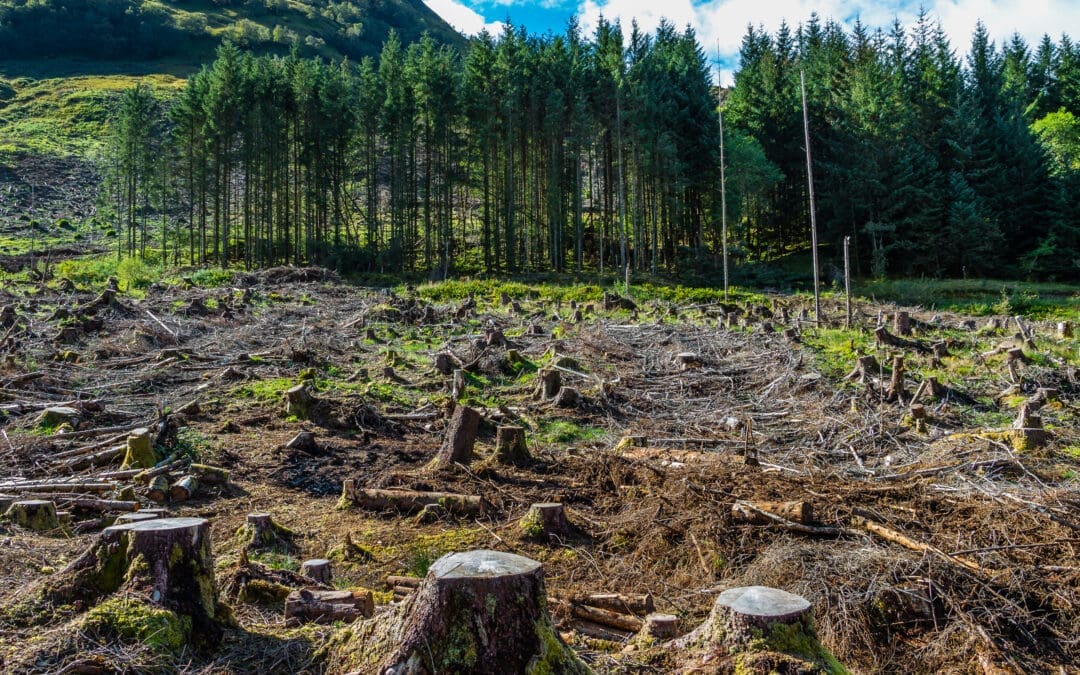SupplyShift takes a look at three ways that supply chain professionals can drive sustainability through procurement practices.
In 2021 and the decade ahead, it’d be safe to assume that consumers will no longer spend their hard-earned money on the products that your company produces if your business operations aren’t authentically and transparently sustainable.
Not all that long ago, industry-leading companies and executives could rely on the idea that although consumers claimed they wanted sustainable products, they wouldn’t be willing to pay the extra cost they assumed would come with a sustainable product. Go back a decade or so, and this was undoubtedly the case; instead, consumers opted for plastic packaging and on-demand product deliveries.
Today, though, consumers look much different. Research from the backend of the last decade by the NYU Stern Centre for Sustainable Business suggests that consumers will now gladly pay more for products if they believe that they are helping improve environmental or social issues in one way or another.
One study conducted by NYU Stern particularly caught our eye. The researchers found that 50% of consumer-packaged goods (CPG) growth came from products marketed as sustainable. More importantly, these products grew a staggering 5.6 times faster than those without a sustainability focus in their marketing.
Naturally, businesses worldwide are reacting to the change in consumer buying habits by adjusting their operations to suit the new agenda. According to a United Nations report, 93% of the world’s top 250 largest companies now report on sustainability. By 2030, projections suggest that the market for sustainable products will be worth a staggering $12 trillion a year.
However, to truly reduce the negative social and environmental impacts of their activities, companies are being forced to look beyond their own four walls. They are expected to start taking responsibility for their suppliers’ actions, too.
So, when it comes to the role of procurement professionals, their unique position of leverage with suppliers presents an incredible opportunity for the function to collectively redefine and reinvent global supply chains. This, in light of recent global issues and advancements, is the perfect time for professionals to normalize sustainable procurement practices.
What do we mean by “sustainable procurement practices?”
Simple: it’s the process of integrating the increasingly popular corporate social responsibility (CSR) initiatives into a company’s procurement decision-making and processes, all while maintaining profitability and driving value for the business.
Supply Chain Sustainability Through Procurement Practices
Here are three of the best ways that procurement can drive long-term supply chain sustainability.
1. Sub-tier Supplier Visibility
One of the first actions a procurement team can take is to create more visibility into the extended supply chain, where 50-90% of environmental, social, and governance (ESG) impacts are found. Right now, companies aren’t doing enough to gain visibility into their supply chains. According to Deloitte’s 2020 Chief Procurement Officer Survey, only 50% of organizations had high visibility into their tier one suppliers, and a staggering 90% reported low or very low visibility beyond tier one.
Fortunately, when companies prioritize supply chain visibility, the benefits extend far beyond sustainability itself. For example, companies that prioritized supply chain sustainability and sub-tier visibility experienced less disruption during the pandemic. Bayer’s CPO, Thomas Udesen, echoed this sentiment during SupplyShift’s 2020 Summit:
“The effort that we had over the past 10 years in building sustainable supply chains, working with the right companies with the right attitude, very quickly paid off. In the beginning we were vulnerable like everybody else, but what we found was that these partners that we had been nurturing and collaborating with were there for us.”
In the past 12 months, the links between supplier visibility, sustainability, and resilience have become extraordinarily clear. If your organization wants to better understand its business risks and opportunities, one of the best places you can look is in your multi-tier supply chain.
2. Procurement & Supplier Collaboration
For a company to meaningfully collaborate with its suppliers, it needs to understand its overall ESG impact clearly, and that can’t be done without understanding supplier practices. By bringing data from suppliers, third parties, and internal sources together, companies can create a comprehensive view of how supplier performance impacts their supply chain, and by extension, business sustainability overall.
Critically, this foundation of data will guide companies to engage suppliers on important sustainability issues. If a company finds a space where their suppliers are falling short, they must act quickly and regularly, supporting suppliers to remedy issues as soon as possible. Over time, this continuous improvement cycle will allow companies not just to address their current sustainability needs but to define new sustainability strategies and end goals that suppliers will continue to improve against in the future.
Establishing this data foundation is necessary to drive supply chain sustainability but continues to be a pain point for sourcing teams.
3. Sustainability as Part of Everyday Decision Making
Once visibility has been achieved and a solid foundation of data has been established, companies can make sustainability a permanent part of their supply chain process. Much like the traditional standards of quality, price, and speed of delivery, companies should factor ESG performance into supplier selection and performance review processes.
As this culture shift takes place, it’s likely that suppliers will begin to make changes to their own business structures to maintain competitiveness, too.
These actions will change how sustainability is viewed across the entire supply chain, and it’ll stop the narrative that sustainability is a necessary inconvenience. Instead, sustainable practices will be seen as an imperative differentiator that could make the difference between suppliers winning and losing all-important contracts.
End of the Chain
With the uptick in social and environmental sustainability initiatives and regulations expected in the coming decade, companies must organize their affairs now to ensure that they remain ahead of the curve.
With the above suggestions, you have what you need to really kick off your company’s evolution—now it is imperative to implement them.
If you’re looking to make a change to your procurement and supply chain habits in 2021, SupplyShift is here to help. Our platform is making data collection and insight acquisition easy, enabling a shift to more sustainable supply chains that helps people and the environment. Learn more below:
- Factory GHG Emissions Calculator
- Greenhouse Gas Starter Assessment
- Modern Slavery Act Assessments
- SupplyShift Essentials Sustainability Assessment
If you aren’t sure where to start your journey, book an intro call with our experts. We can help you find the best route for your sustainable journey.



